Did you know that you can stack Enluxtra dressings? We mean it quite literally: you can place one (or more) Enluxtra dressings on top of the first one to create a “stack” and maximize the absorption capacity in this simple way.
Stackable superabsorbent dressings? How is it possible?
The trick is removing the printed backing film from Enluxtra that is at the bottom of the stack. This won't damage the dressing core , and will let the exudate pass through and into Enluxtra on top of the stack.
Here’s how to do it:
1. Peel off and discard the printed backing film from the first Enluxtra dressing;
2. Place the second Enluxtra on top of the first “peeled” one;
3. Apply the dressing stack to the wound.
Watch this 20-second video for a quick demo and keep on reading:
A simple answer to this – trim the stack. That’s right, just like a single Enluxtra dressing that can be trimmed to fit into tight spots, a stack of Enluxtra dressings can just as easily be trimmed!
This approach is particularly effective when you want more absorbency but cannot use a larger Enluxtra because of space limitations. By trimming you can also improve conformance with complex wound topography.
BONUS: stacked Enluxtra dressings add cushioning which is essential for pressure ulcers! The “cushion” remains soft and pliable even when fully saturated.
Why stack Enluxtra?
This is a money question! We held an experiment to demonstrate that a stack of two Enluxtra dressings can absorb as much liquid (saline that is similar to exudate) as can fit in a standard NPWT container.
Watch a short video about this experiment at the end of the post.
Now, our question to you.
Would you rather try for a solution that costs hundreds of dollars (NPWT) and is likely to be rejected by your patient’s insurance, or use a stack of Enluxtra dressings that:
- Is just as effective in terms of absorption
- Costs pennies on the dollar
- Is easy to prescribe and get covered by insurance
- Is quick and simple to apply?
Check out www.EnluxtraDirect.com for the best prices.
Happy healing!

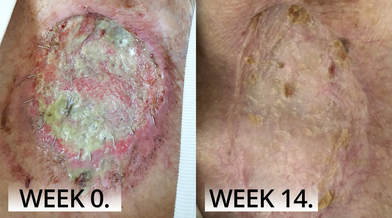
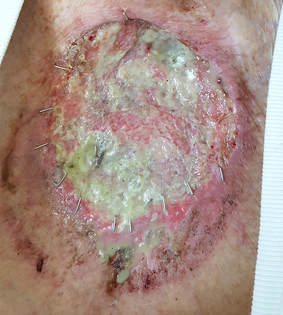
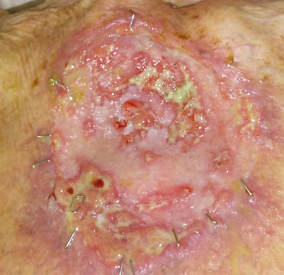
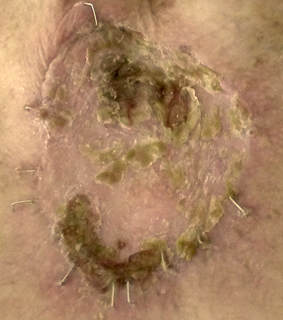
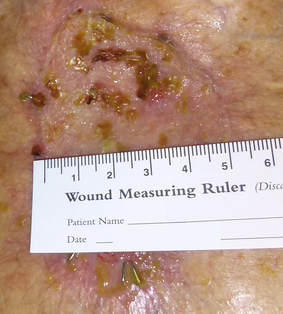
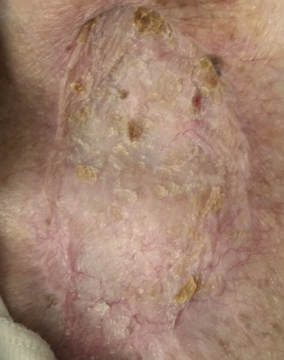
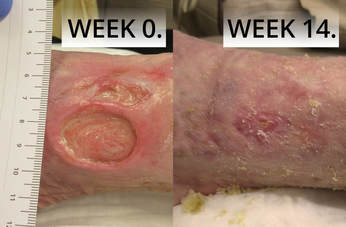
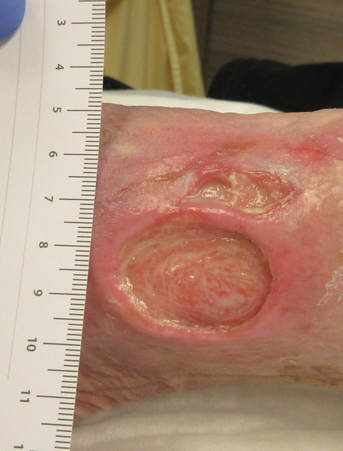
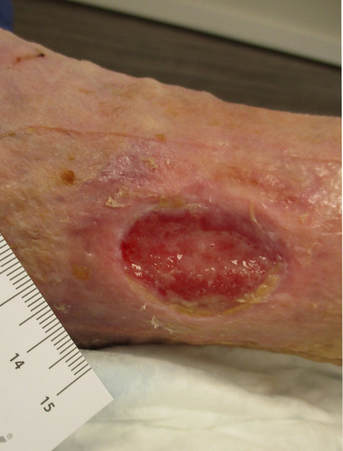
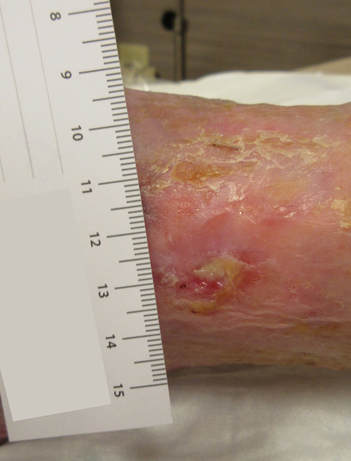
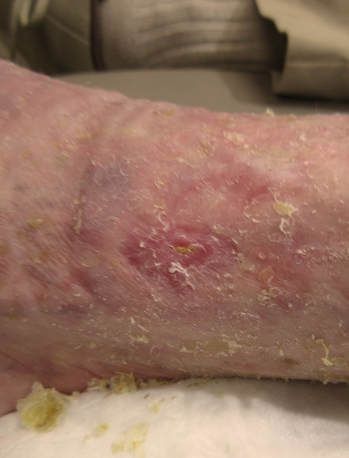
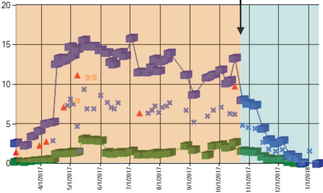
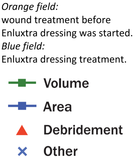
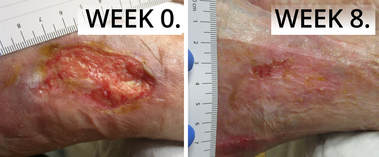
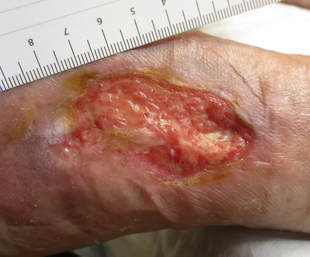
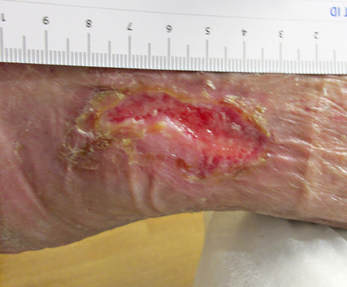
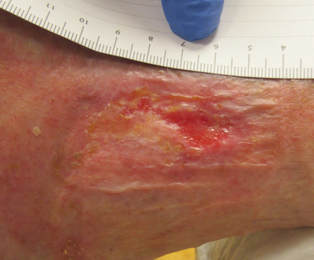
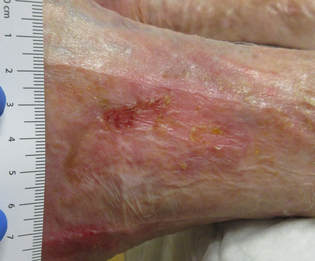
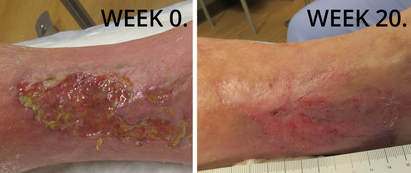
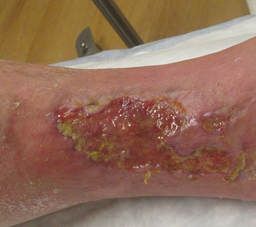
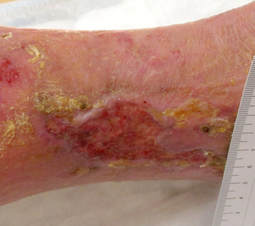
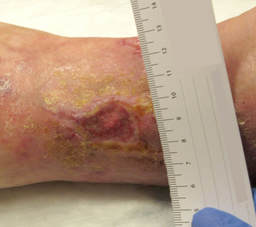
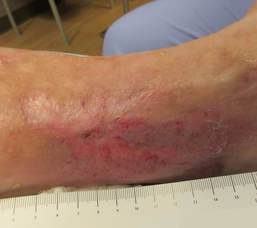
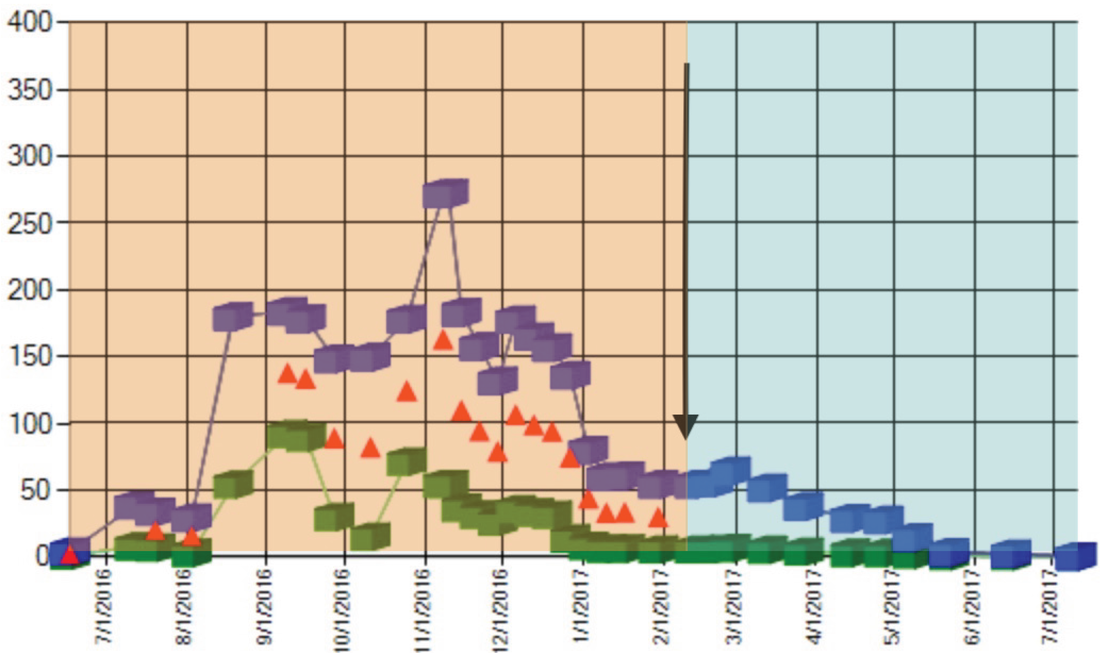
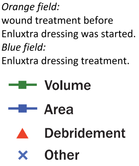
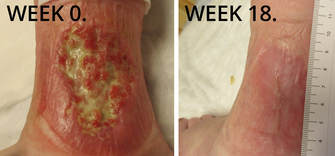
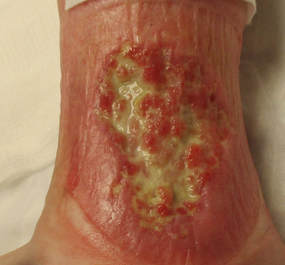
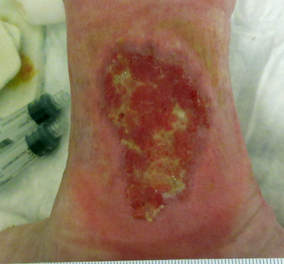
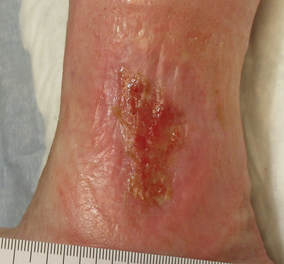
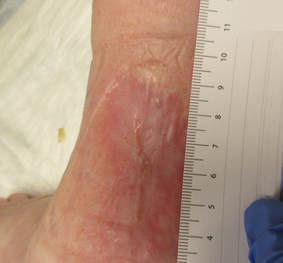
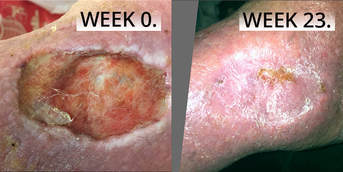
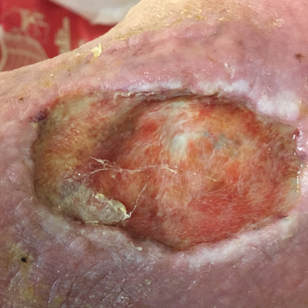
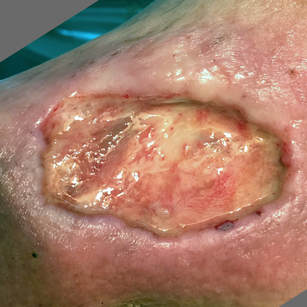
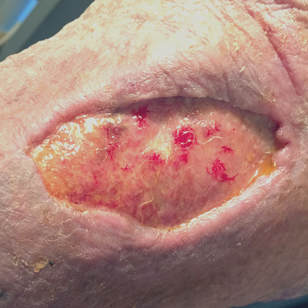
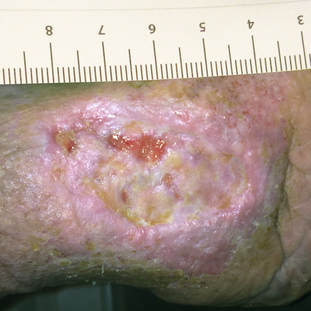
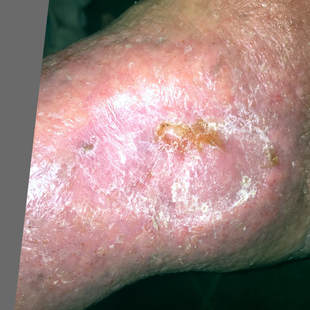
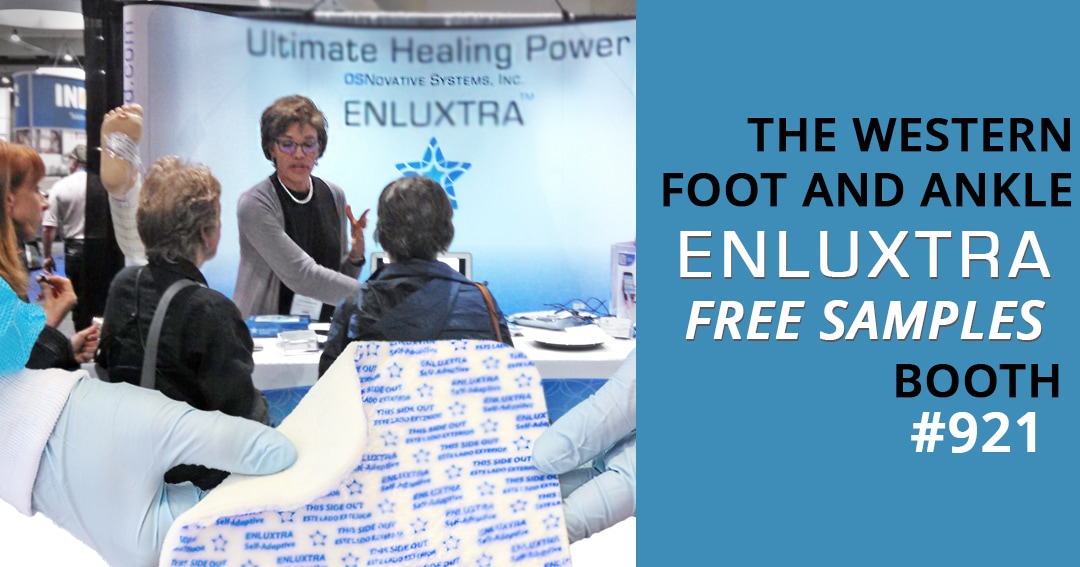
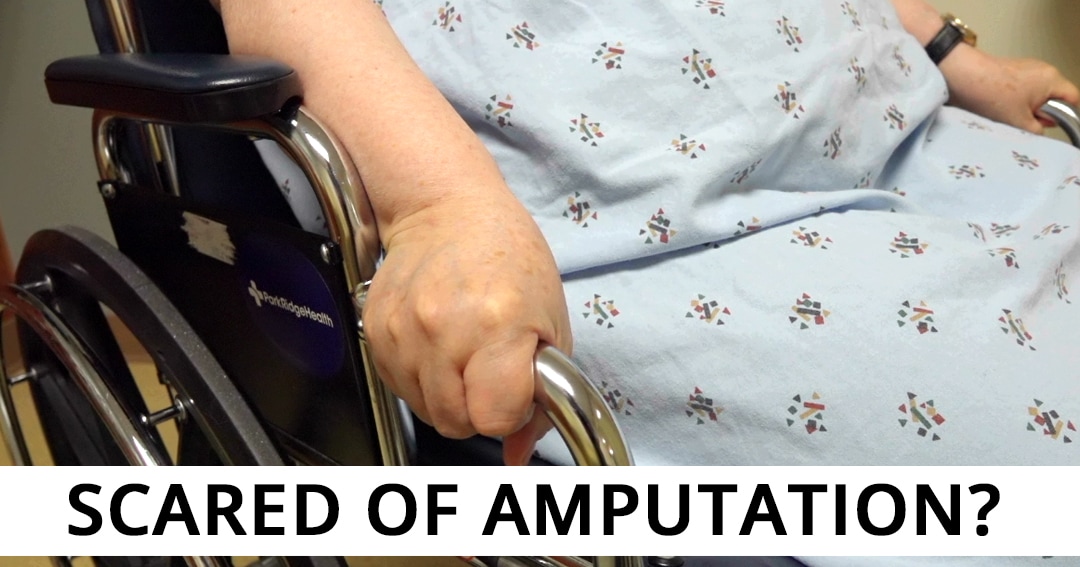
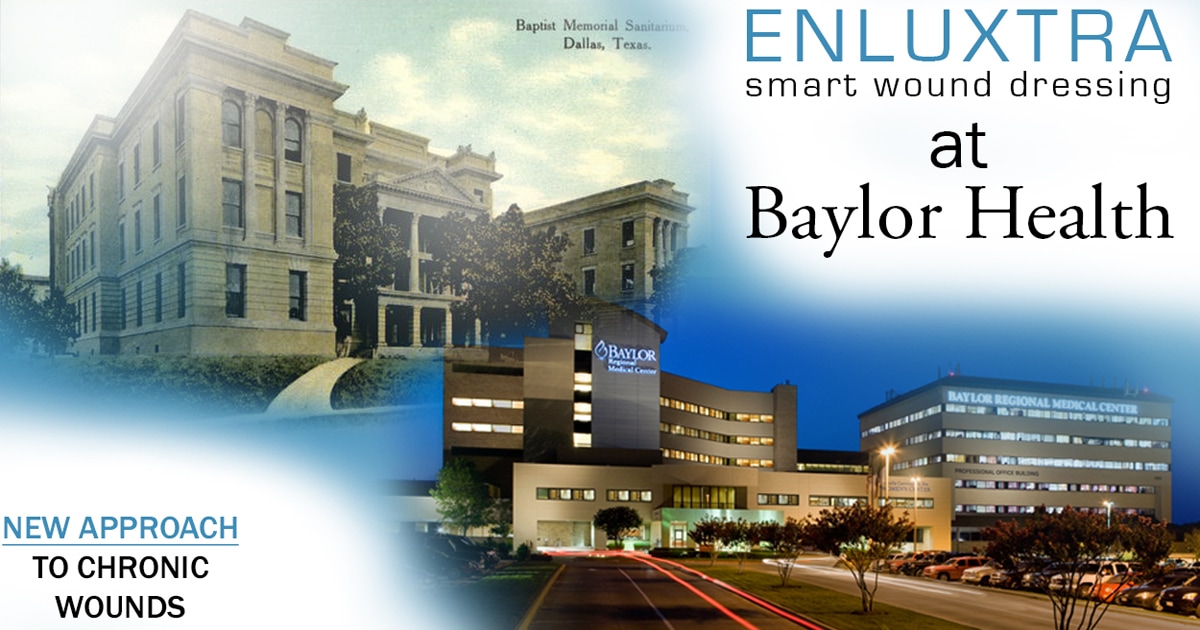
 RSS Feed
RSS Feed
